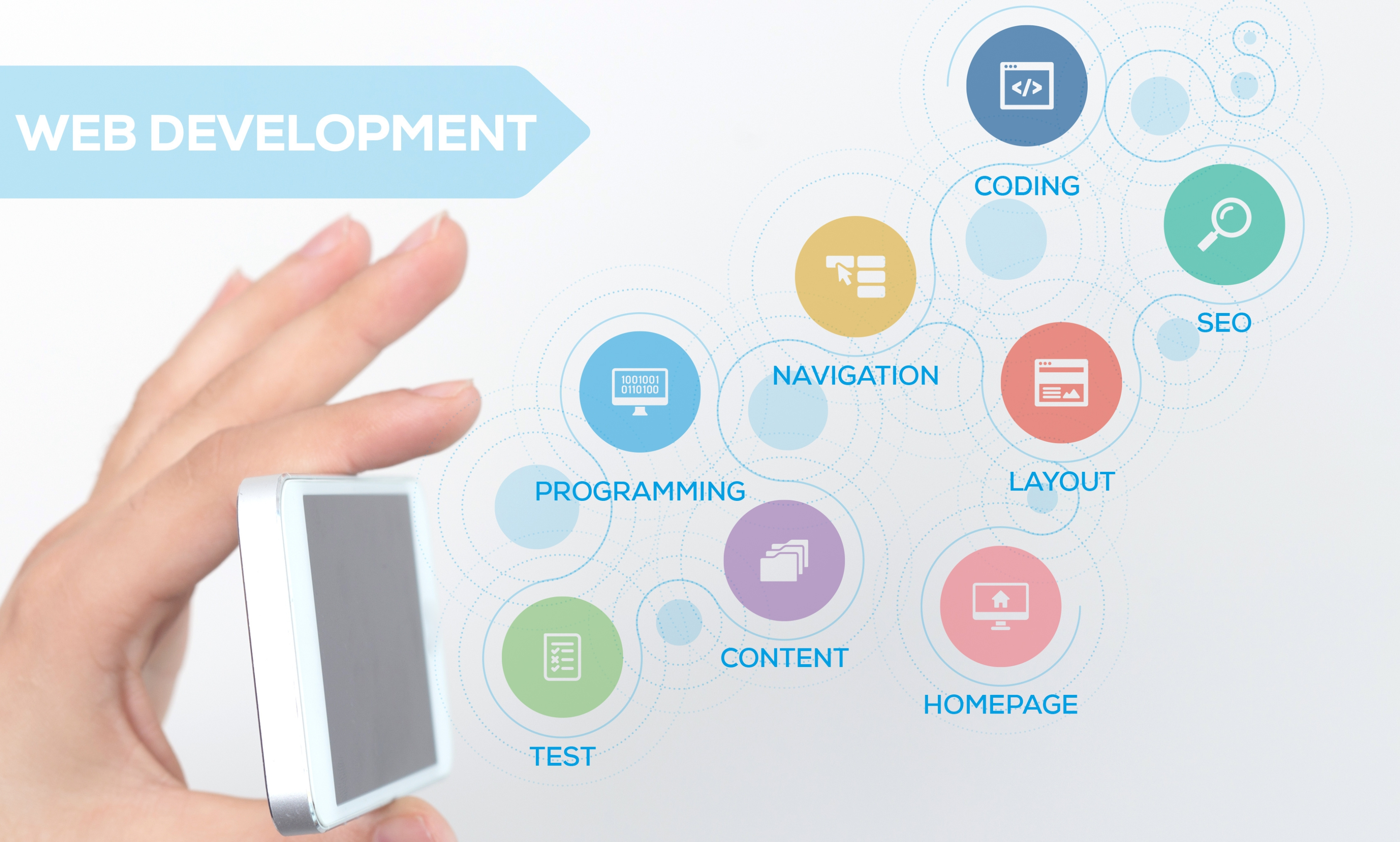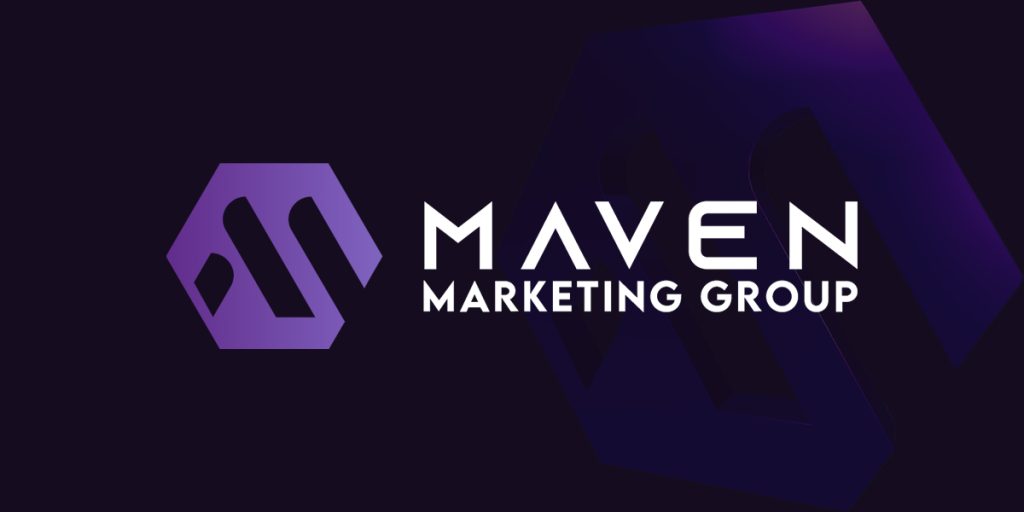
Now that you know why the web development cycle is important, let’s take a look at the 8 stages in detail.
Stage 1: Planning

When embarking on a new web development project, the planning stage is where you determine user needs and goals.
This will include understanding who the target audience is, researching what kinds of features they would like to see on the site, how it should be organized for maximum usability, and more.
The goal here is to figure out what’s needed for the website to be successful.
How much time this stage takes will depend on the complexity of the project, but typically it should take a few weeks to complete.
You can further refine and adjust your plan as you move forward in the web development process.
When planning your website, it’s important to consider the following:
- Who is your target audience?
This is important to determine from the start to ensure your website speaks directly to them. For instance, if you’re targeting young adults, then you might want to focus on a modern, minimalistic design.
- What are your user goals?
Do they need to be able to purchase items from the site? Will they need help navigating the content? Knowing these goals ahead of time will help inform your design decisions.
- How will the website be organized?
Consider how you will structure your content and navigation in order to make it easy for users to find what they’re looking for.
- What features do you need?
This includes things like payment processing systems, search functions, contact forms, etc. Decide on what type of functionality is needed for the site to succeed.
- What type of platform will you use?
You may decide to use a content management system (CMS) like WordPress or build the website from scratch. Choose the best option for your needs and budget.
Stage 2: Design

The design stage is where you create the overall look, feel, and layout of your website.
This is where you decide on the color scheme, typography, imagery, and other visual elements that will be used on the site for your web development project.
It’s important to take into consideration how these design decisions will affect the user experience when creating the website.
How long this process takes depends heavily on the complexity of the project and any additional features or functionality that need to be included.
Generally speaking, the design process should take a few weeks to complete.
When designing your website, consider the following:
- What type of aesthetic do you want?
It’s important to have this determined before beginning the design process so that you can stay consistent throughout. Make sure it fits the target audience and the goals of the website.
- What type of imagery will be used?
This includes photos, illustrations, icons, logos, etc. Think about how these can be used to enhance user experience.
- What type of typography will you use?
Choose a font that is legible and easy to read on all devices. Consider different sizes and weights to create a visual hierarchy.
- Will there be animations or transitions?
Animations and transitions can bring life to the site, but too many may cause distraction and slow down page loading times. Choose wisely.
- How will your content be organized?
Map out how users will navigate the website so you can plan where design elements will go.
- What elements will be responsive?
Ensure that designs are optimized for mobile, tablet, and desktop browsers. Additionally, look into creating different layouts for different resolutions or device sizes. These are just a few examples of the many considerations you must take into account when designing your website. With careful thought and planning, you can create a beautiful and user-friendly website.
Stage 3: Content Setup
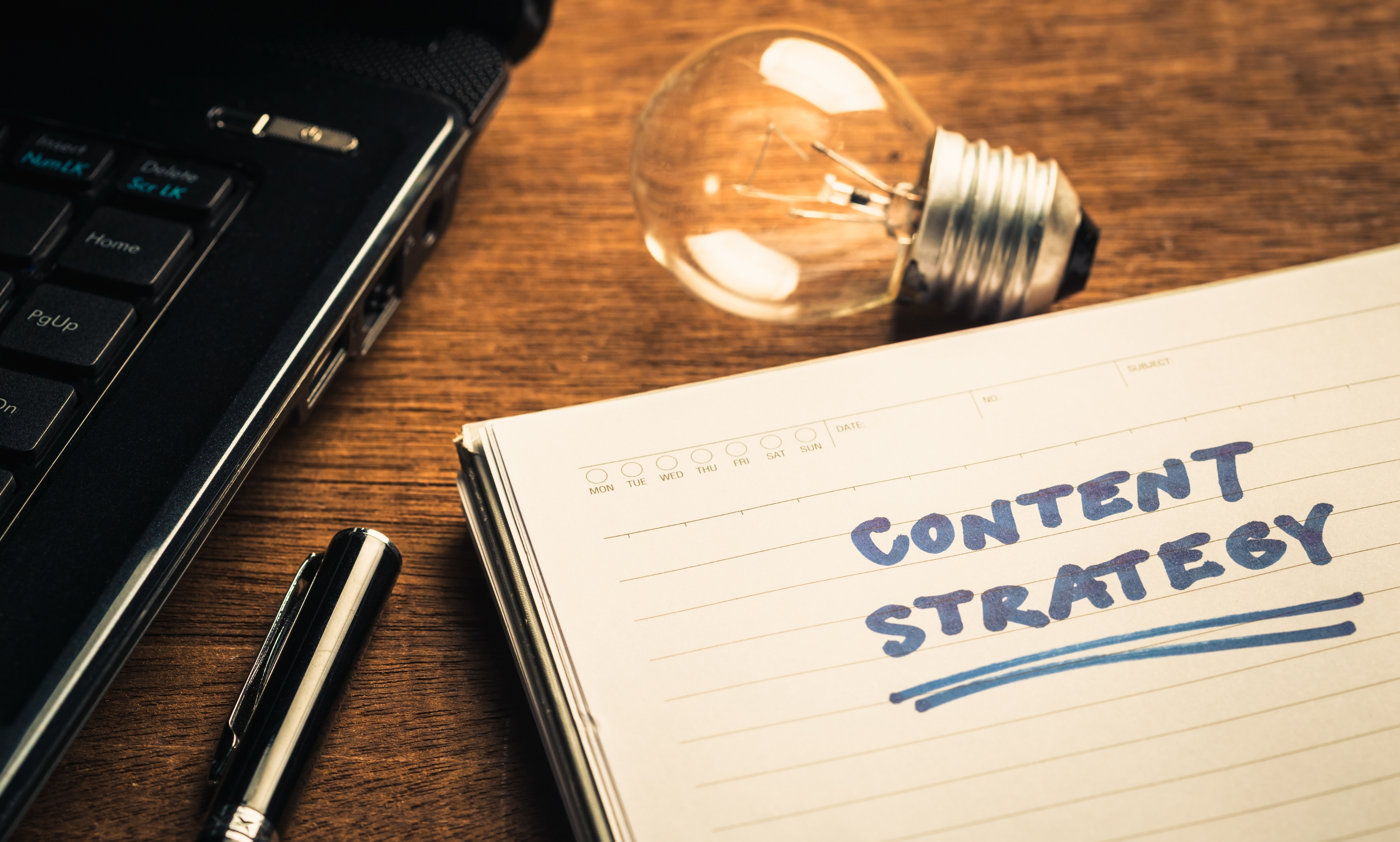
In this stage, you will be setting up the content of your website for your web development project.
This includes things like writing copy, adding images, uploading videos, and more.
It’s important to take the time to think about what type of content is necessary for the client and the website to accomplish its goals.
For instance, if you’re creating a website for an online store, then you will need product descriptions, photos of the products, pricing details, and other relevant information.
When setting up content, consider the following:
- What type of language should be used?
This is important to think about from the start so that the tone and style are consistent throughout the website.
- What type of images should be used?
If you’re using stock photos, make sure you do research to find ones that best fit your website’s aesthetic.
- Are there any videos or audio files needed?
Consider adding these as a way to engage users and provide additional information.
- Will there be any interactive elements?
Interactive elements can be useful for providing content in a more engaging way, such as quizzes or surveys.
- How will the content be organized?
It’s important to think about how content should be laid out so that it is easy for users to find what they’re looking for.
- How will you optimize for search engines?
Doing keyword research and optimizing content for SEO can help people find your website more easily. Content setup is essential to the success of any website, so be sure to take the time to plan it out properly. Once you’ve done that, you can move on to the coding and development stage.
Stage 4: Coding & Development

Now it’s time to bring your web design to life with code.
This involves writing HTML, CSS, and JavaScript in order to create a functional website.
It’s important to pay attention to detail here, as any errors or mistakes in the code can lead to unexpected results.
In addition, you’ll need to keep mobile responsiveness in mind.
Make sure that the code is written properly so that it displays correctly on different devices and resolutions.
If you don’t have coding skills, then you should consider hiring a front-end developer or using a website builder to help create your site.
These tools can be great for those who don’t have the time or expertise.
When coding and developing your website, consider the following:
- What type of coding markup language will be used?
Depending on the complexity of the web development or web applications, the web developers use a combination of HTML and CSS, JavaScript, and other programming languages.
- How will user interactions be handled?
Think about how users will interact with the site, such as clicking on buttons or submitting forms.
- How will the content be displayed?
Make sure that your code is written so that all of the content displays correctly on various devices and internet browsers.
- Are there any interactive elements?
If so, consider using libraries like jQuery to make them easier to implement.
- What performance optimizations can be made?
Reducing page load times and optimizing images and other assets will help improve the user experience. Creating a website with code takes time and patience, but it is an essential step in developing a successful website. Once your coding and web development are complete, you can move on to the next stage – testing and quality assurance.
Stage 5: Testing & Quality Assurance
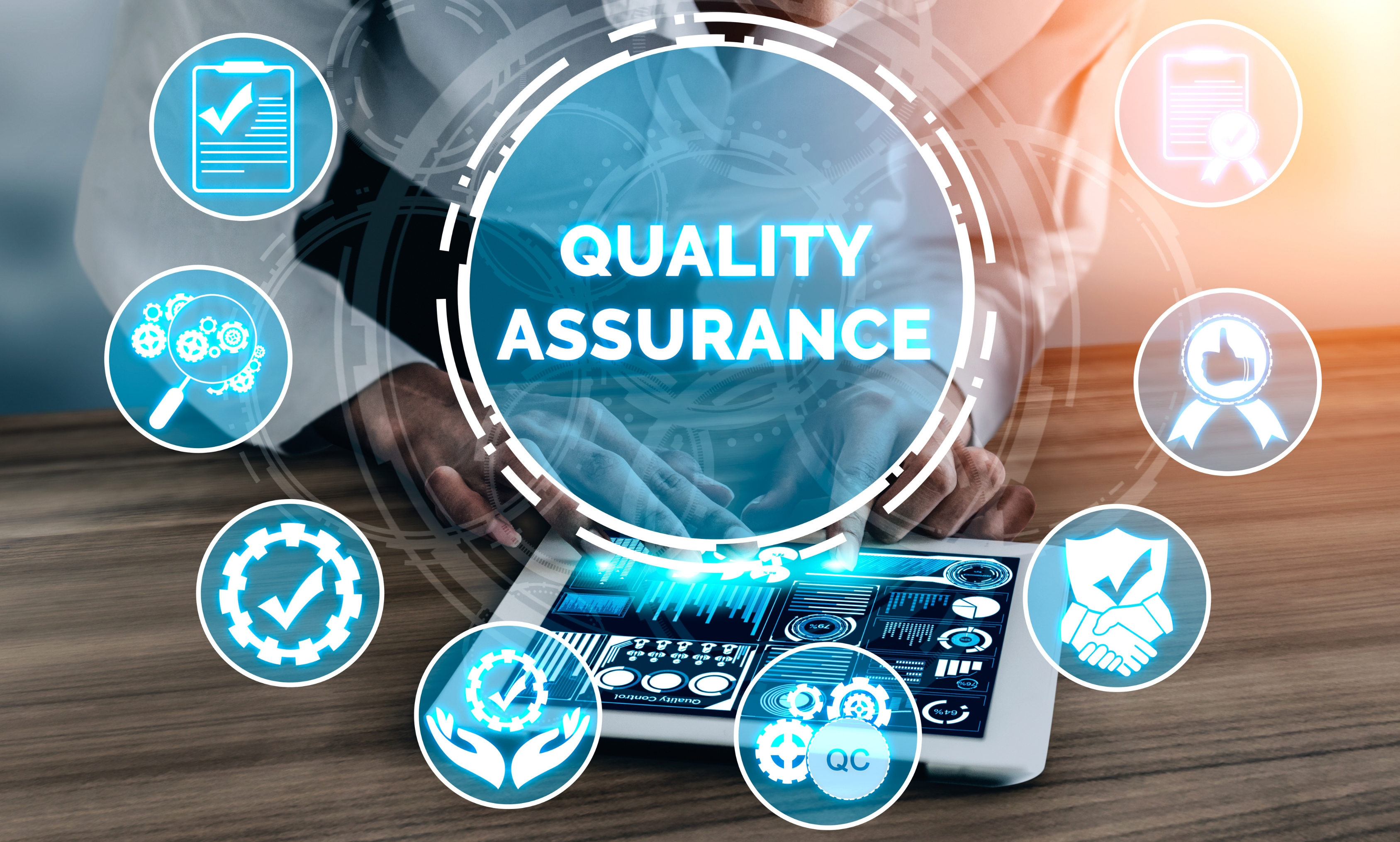
Testing is a crucial part of the back-end or front-end web development process.
It’s important to make sure that everything works as it should, from minor bugs to major design flaws.
This includes things like checking browser compatibility, running speed tests and ensuring that all of the pages are functioning correctly.
You should also be sure to test any interactive elements, such as forms or dynamic content.
This will help you catch any errors with the web development before they become a problem for users.
Testing and quality assurance can be time-consuming, but it is worth doing properly in order to ensure that your website is working as it should.
Once you’ve completed testing, you can move on to the deployment and hosting stage.
Stage 6: Deployment & Hosting

Once you’ve tested and made sure that your website is functioning correctly, it’s time to deploy it to a server so that it can be accessed by users.
This involves setting up a web hosting account and uploading your files to the server side.
It’s also important to consider security during this stage.
Make sure that any sensitive data is encrypted and stored securely in order to protect it from malicious attacks or hacks.
You should also keep an eye out for updates and patches that may need to be applied in order to keep your website secure.
When setting up hosting, consider the following:
- What type of hosting plan do you need?
Depending on your needs and budget, there are several different types of hosting plans available.
- How much bandwidth and storage do you require?
Make sure that you have enough to handle the expected traffic and file sizes.
- What security measures are in place?
This will help protect your website from malicious attacks or data breaches.Deploying a website to a server is an important step towards making it available to users, but there’s still more work to be done before you can launch it.After deployment, it’s time to move on to the launch and promotion stage.
Stage 7: Launch & Promotion
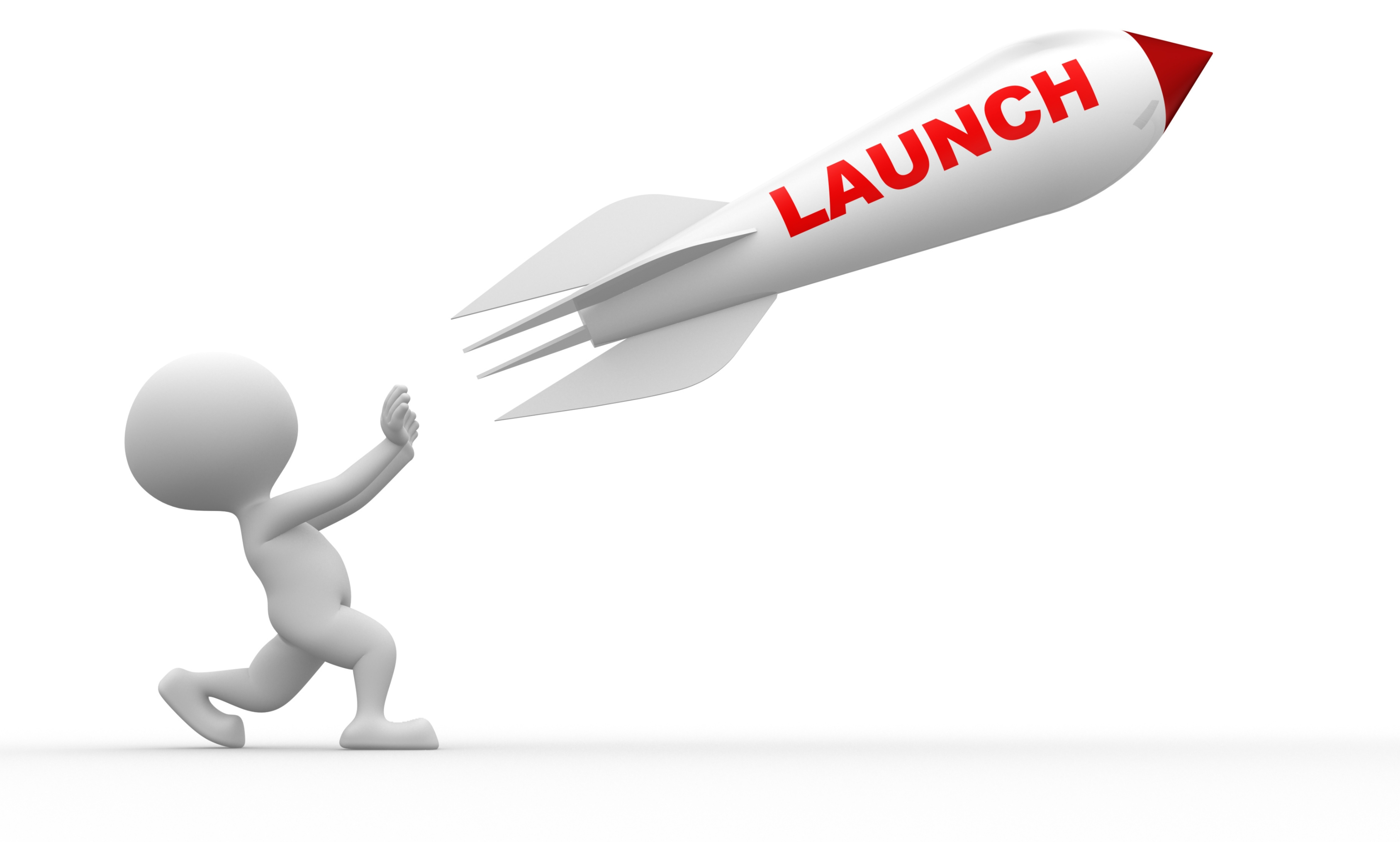
Once your website is ready to go, it’s time to launch it and start promoting it so that people can find out about it.
This involves things like setting up social media accounts, creating content for those accounts, and marketing the site with paid advertising.
It’s important to make sure that your website is optimized for search engines.
This means using keywords strategically in titles and content, creating backlinks to the site from other top sites and high-quality websites, and submitting a sitemap to Google.
You should also consider setting up tracking tools on your site so that you can monitor its performance. This will help you identify any areas that need to be improved in order to get the most out of your website.
Once you’ve launched and promoted your website, it’s time for the final stage – maintenance and updates.
Stage 8: Maintenance & Updates

It’s important to keep your website up-to-date with the latest features and security patches.
This will keep your site running smoothly and ensure that it’s secure from any potential threats.
It’s also important to monitor the site for errors or glitches, as well as check user feedback to see if anything needs to be improved.
This can include things like fixing broken links, improving page load times, or adding new features.
This is imperative to the web development projects.
Regular maintenance and updates are essential to keeping your website running smoothly and helping it stay secure.
Once you’ve completed this stage, you’re done! Your website is ready to take on the world. Congratulations!



